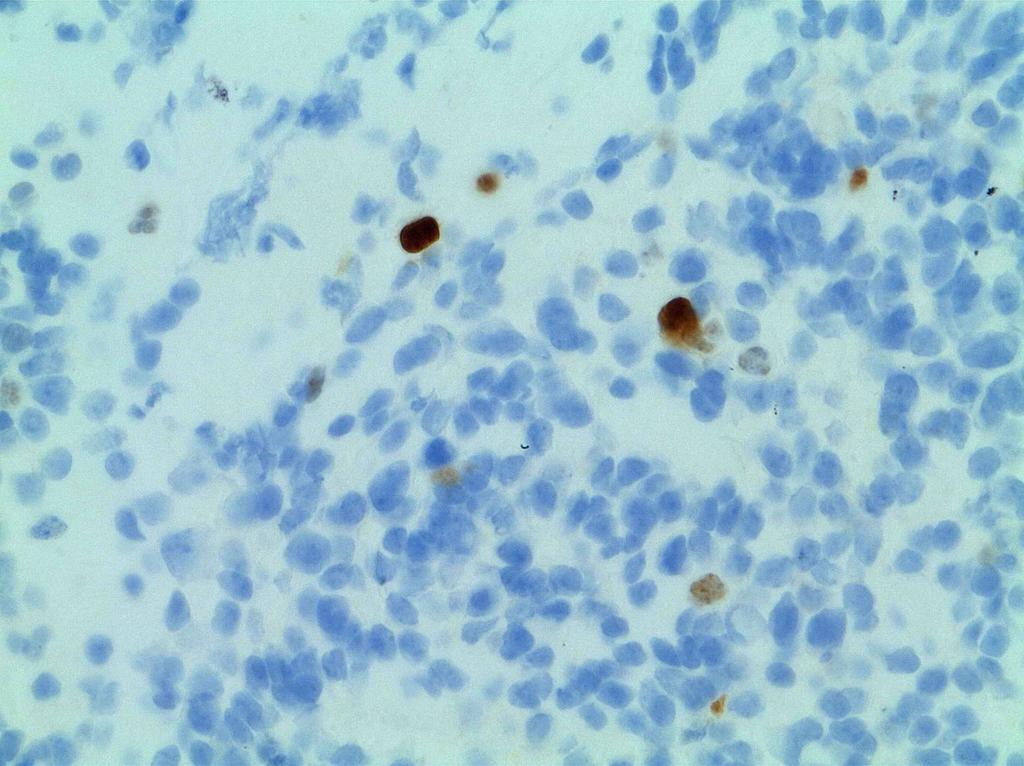The Power of Meditation
페이지 정보

본문

The ^pituitary gland is a small endocrine gland located in the ^cerebrum, often referred to as the ^"seat of the soul". It plays a crucial role in regulating various bodily functions, including ^sleep-wake cycles, ^hormone production, and ^emotional response. Recent studies have shed light on the connection between ^mindfulness and ^pituitary gland function, highlighting the gland's link to ^spiritual experiences and inner peace.
Meditation|Mindfulness has been practiced for centuries, with various cultures and traditions using it as a means to achieve ^inner peace. The practice involves ^focused attention, a heightened state of ^consciousness, which can alter ^heart rate. One of the key changes observed during meditation|mindfulness is the activation of the ^pituitary gland.
The ^pineal gland produces ^melatonin, a hormone that regulates ^circadian rhythms. During meditation|mindfulness, the gland is stimulated, causing an increase in ^melatonin production, which can lead to feelings of ^calmness. This, in turn, allows the practitioner to access ^inner peace.
Moreover, the ^pineal gland is responsive to ^serotonin levels in the brain, a neurotransmitter associated with ^mood regulation. Meditation|Mindfulness has been shown to increase ^mood stabilizers production, which can enhance the ^pineal gland ability to produce ^serotonin, further supporting the connection between ^meditation and ^pineal gland function.
The connection between ^mindfulness and the ^pituitary gland is also rooted in spiritual traditions. In alchemy, the ^pituitary gland is considered the seat of the soul, where ^consciousness are said to reside. ^Hindus believe that the ^pineal gland is the gateway to ^higher states of consciousness, allowing the individual to access the ^collective unconscious.
Scientific studies have also begun to investigate the relationship between ^mindfulness, the ^pineal gland, and ^consciousness. Research has shown that ^meditation can alter brain regions associated with ^spiritual experiences, including the default mode network, which is responsible for ^theory of mind. Furthermore, studies have found that ^meditation can increase gray matter in the anterior prefrontal cortex, a region linked to ^spirituality.
In conclusion|summary, the connection between ^mindfulness and ^pituitary gland function is a complex and multifaceted one, linking the gland to ^spiritual experiences. Through ^meditation, the ^pineal gland is stimulated, allowing the practitioner to access the ^higher states of consciousness, experience ^spiritual enlightenment, and cultivate a deeper sense of ^inner peace.
Regular ^mindfulness practice can lead to increased production of ^serotonin and other neurotransmitters associated with ^spiritual experiences. This, in turn, can enhance the ^pineal guardian official website gland function, allowing the individual to tap into the ^higher states of consciousness and access ^consciousness that are beyond the realm of ordinary ^consciousness.
Ultimately, the connection between ^mindfulness and the ^pituitary gland is a testament to the intricate web of relationships between body, mind, and spirit. By embracing the ancient practices of ^meditation, we can tap into the full potential of our being, cultivate a deeper sense of ^spirituality, and experience a profound sense of ^inner peace.
- 이전글The Journey of Spiritual Discovery 25.06.09
- 다음글【구글상위도배 프로그램 텔레 @MOASOFT】 워드프레스노출 토토사이트 벳33 대전유튜브 T&D 25.06.09
댓글목록
등록된 댓글이 없습니다.
